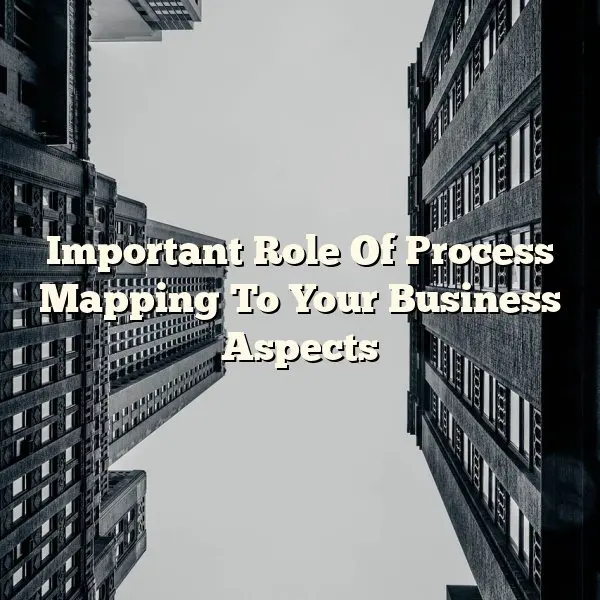Before any objective will be put into place, businesses take time in determining precisely what their company is heading towards, what it really does, who will be the responsible people and to what degree the goals are likely to be fulfilled and how successes are established. By using business illustrations, the teams accountable in creating business systems and methods can come up with all ideas using business process mapping methods. This implies a process approach to carry out and analyze whether these processes will be productive or not and if it’s going to be efficient in the long run. Consequently, organizations become more effective as they can already see clearly what to consider and whether or not improvements can be done in their present processes.
Business process mapping produce workflows where based on a software that’s been utilized by the company, produces automated workflows on the fly. This lessens the time of utilizing pen and paper and rewriting all over again particularly during brainstorming. With the aid of automated processes like graphical representations on a computer, it makes generating, editing and publishing much faster. For instance, among the utilized workflows nowadays that’s also incorporated with SharePoint 2010 is the e5 Workflow Designer from the e5 Studio. This uses graphical designer along with the drag and drop approach to work with the different elements included.
Company objective representations appear in graphical dashboards that provide real-time visibility of workload, compliance with SLAs and productivity. This allows organizations to exactly determine a process and who takes responsibility on several departments including what steps to execute and what standards of completion are required. This makes success defined in a seamless setting.
Having a workflow illustration like process mapping, this visually represents all activities like managing of exclusions in the company. The e5 Studio for example involves no up-front process analysis anymore but instead create “as is” process maps for every classification of work. This implies tasks and fields that are improved through simple drag and drop. Now depending on the intricacy of the processes being produced, the activity takes from hours to days to complete. Nonetheless, this is still a positive change when compared with weeks to months of processes from traditional strategies. The “as is” process is then likely to establish baseline of metrics in the business workflow throughout the production. During production, process analysis is performed on an ongoing basis based on the metrics the software has offered.
Lastly, the business analysts can re-engineer the process by making modifications to the workflow in the cloud while still able to determine the results producing an iterative process by eventually distinguishing, supplying and executing business processes.
The result of Process Mapping is a workflow illustration that visually represents all activities including the handling of exceptions. Visit e5 Workflow to discover its business process mapping offers.. Also published at Important Role Of Process Mapping To Your Business Aspects.



